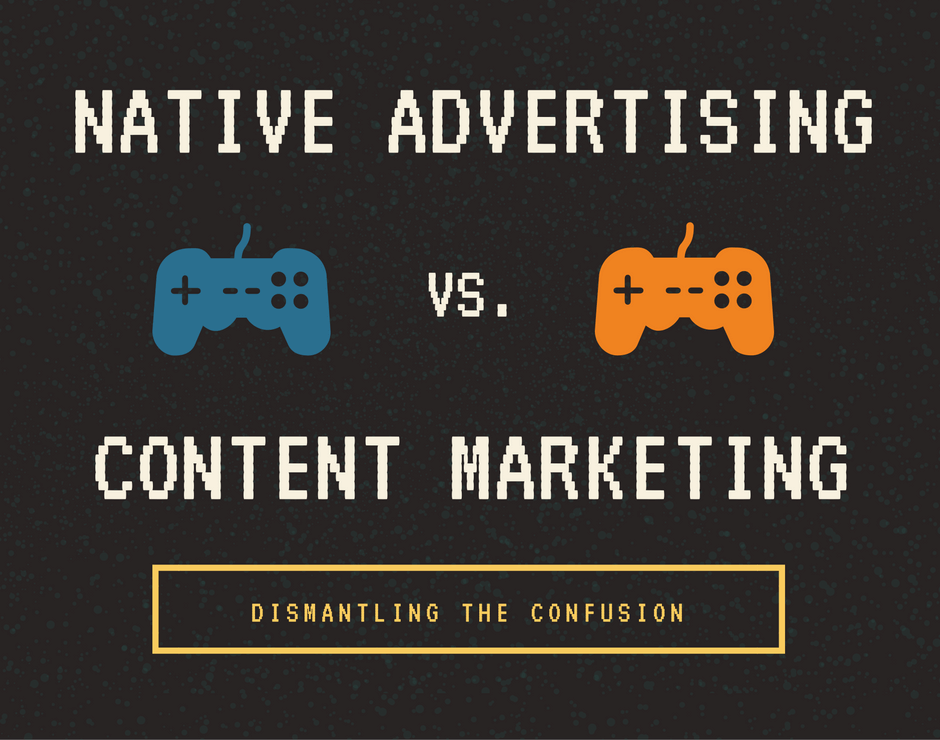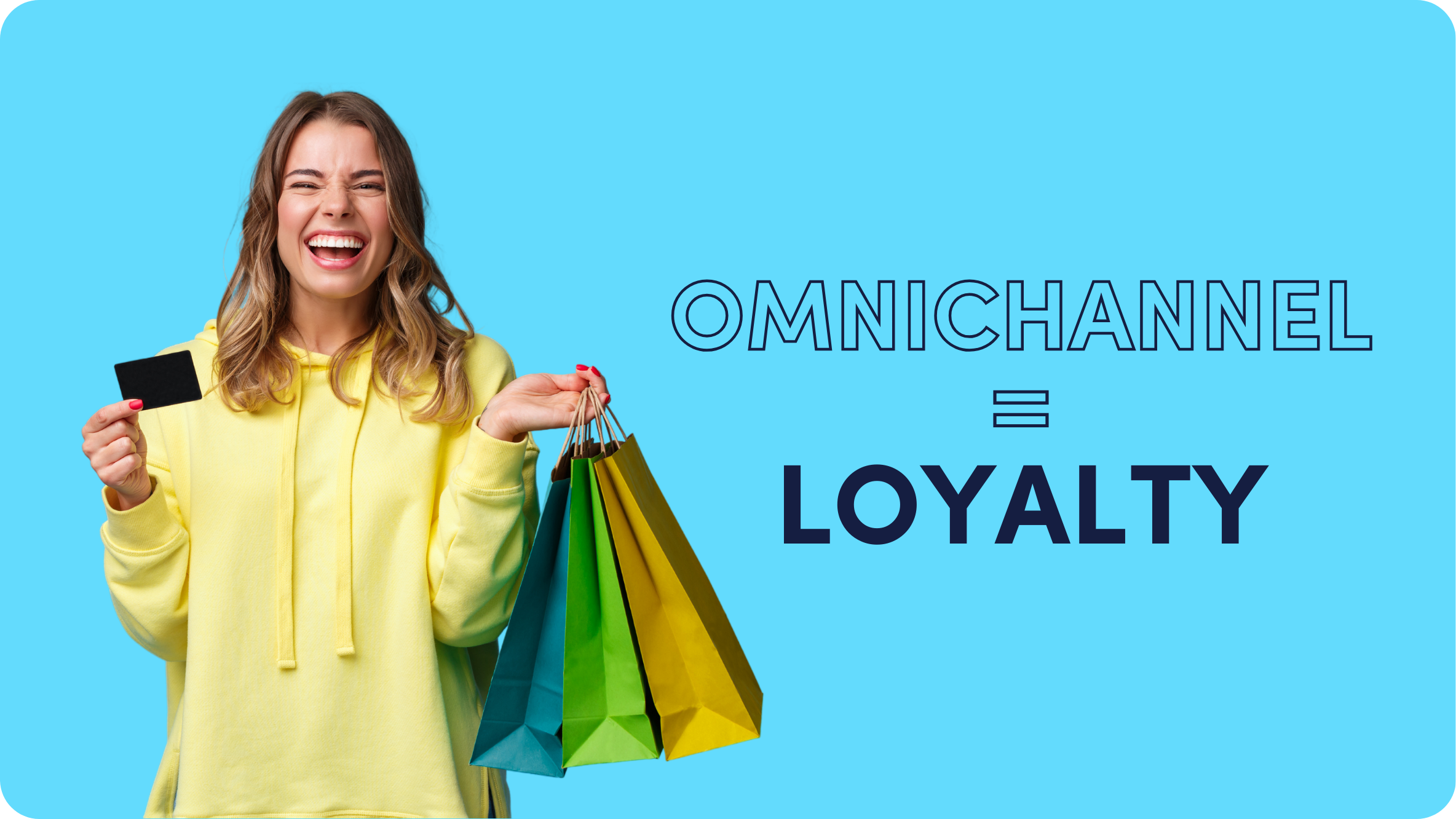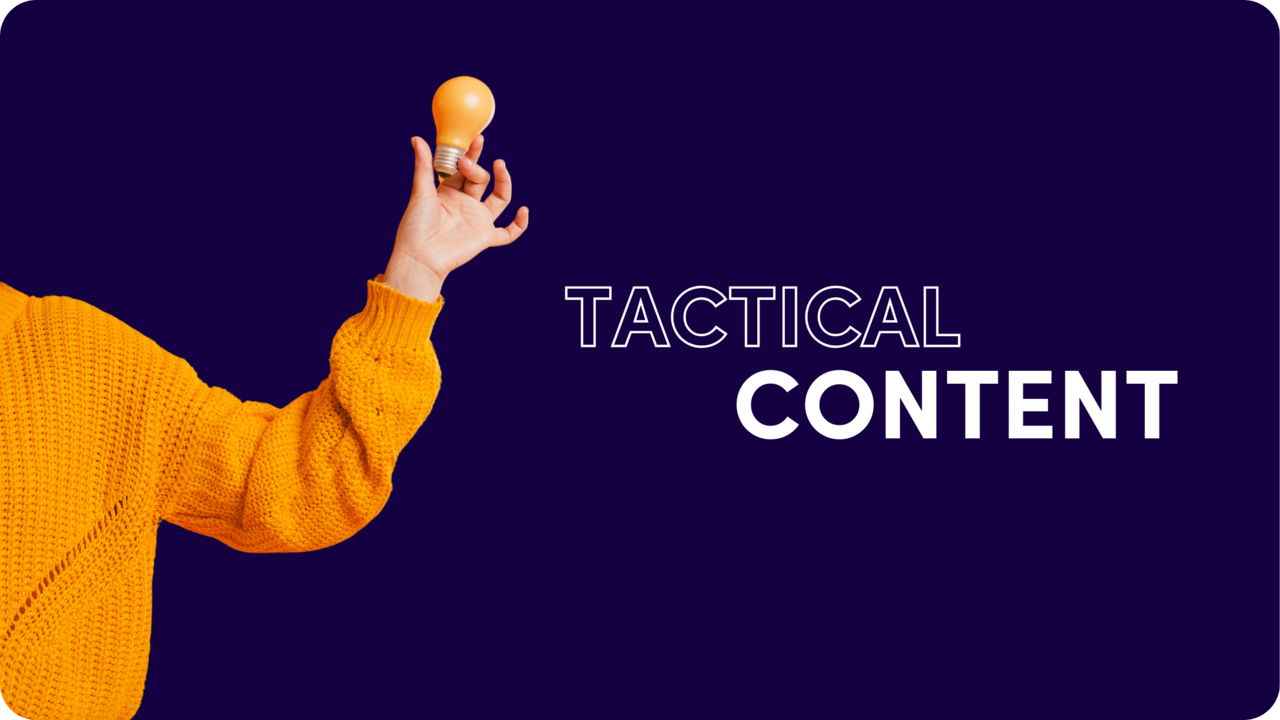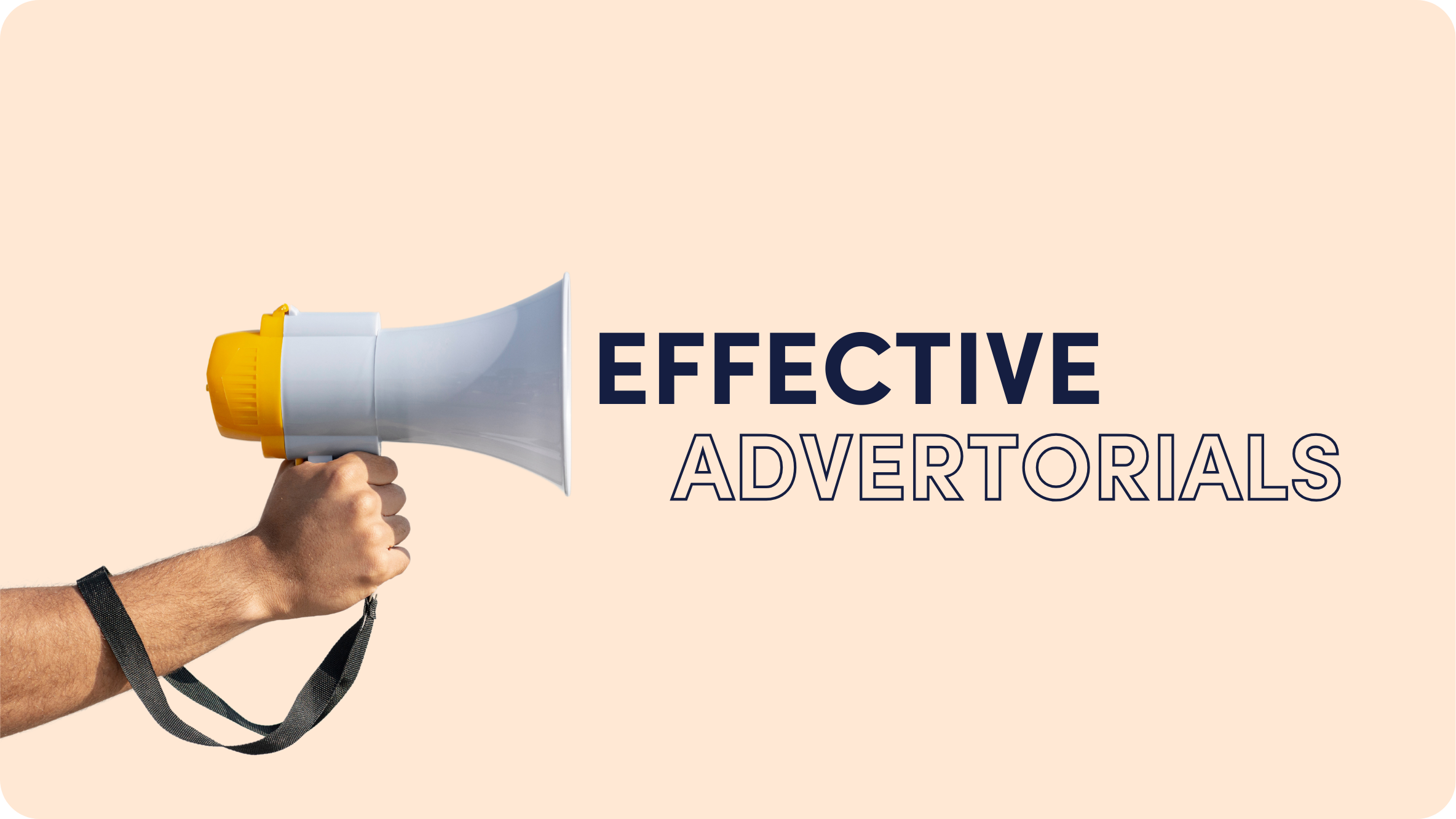Native Advertising Vs. Content Marketing: What’s the Difference?

Many in the advertising industry are confused by the difference between native advertising and content marketing. In some cases, the terms are even used interchangeably. However, it is important to recognize that they are not the same thing.
The Difference between Native Advertising and Content Marketing
Let’s put in the most simple of terms. Native advertising is like going on a date. Content marketing is like being in a relationship:
Native Advertising: The Date
Picture this—you’ve recently connected with someone great on Tinder or at a recent party. You want to romance them, so you’ve focused on a specific night with a selected person at a particular place.
A date is all about the context of ambiance: the right restaurant, the appropriate wine, the perfect appetizer. In advertising terms, it highly targeted. It is about the sell.
Very much like a date, through one of six core native advertising tactics, you can wine and dine your customer in an immediate and time-boxed way. However, native advertising is just the beginning. It may or may not result in a deeper, more meaningful relationship.
The Relationship
Meanwhile, content marketing is not a single asset or tactic—it is a discipline and a mindset. It is deliberate, cultivated, and about the long-game. Content marketing is when all of your content tactics (perhaps, including native advertising) coalesce to become something larger. Just as meaningful relationships need to be nurtured with thoughtfulness and a vision for a shared future together, content marketing is an approach that enables you to connect with consumers on a deeper, more committed level for the long-term.
For example, perhaps you’re a cloud company focused on attracting small-to-medium-sized-businesses. As a result, your content marketing strategy for the next year may include PR (earned media reviews), a blog with guest contributors offering unbranded work advice designed to interest and attract SMBs, active social media channels to distribute your blog content, and a growing arsenal of case studies and testimonials featuring your happy clients. As part of this larger strategy, you may also rely on native advertising, like Outbrain, to amplify your earned media via premium publishers.
Overall, content marketing is a long-term approach designed to build trust, demonstrate to consumers that your brand or company offers unique expertise that somehow improves their lives or solves a problem—and eventually pull them deeper through the funnel once that trust is established.
Though content marketing requires a high level of commitment and human investment to create, it also yields greater loyalty and impact with consumers. Just like in a relationship, the time one puts into content management is proportional to the quality of the results.
What Are You Looking For?
Outbrain has singular expertise in both native advertising and content marketing and works closely with brands to leverage their unique assets and values through strategies designed for sponsored content and long-form content marketing. You can learn more about our Amplify product here.
Native Advertising x Content Marketing Comparison
Native Advertising |
Content Marketing |
|
Definition |
Any paid content that is “in-feed” and inherently non-disruptive. |
Any piece of content that communicates with customers in a way that adds value, without the sales pitch. |
Why Use it? |
In its marriage of form and function, native is playing a growing part in publisher’s monetization strategies, quickly becoming a best |
On the list of trusted mediums, editorial content outranked ads on TV, radio, and billboards, as well as in newspapers and magazines. |
Types |
|
|
Tips |
|
|













